At the beginning of this month, I visited Tallinn in Estonia for the first time. Tallinn's Old Town is surrounded by a 2.35km wall with 26 of its towers (out of 45) still standing. The Old Town contains medieval buildings; this town is the best example of a medieval town in Northern Europe and a UNESCO heritage site. The wall surrounding the Old Town dates from the 13th century. Visitors to Tallinn's Old Town can visit some of the sections of walls and towers. These include Hellemann Tower section, the section of walls at Nunna, Sauna, and Kuldjala, and the final section at Kiek in de Kok on Toompea Hill with the tower and bastion tunnels. Toompea Hill also has a couple of viewing platforms. I visited the sections of walls and the tunnels on my visit to Tallinn. Tallinn is a small city, and this was my favourite attraction on the visit.
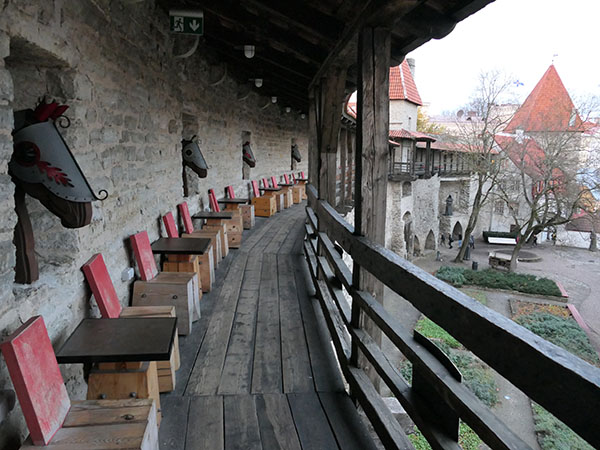
Hellemann Tower has a section of city walls and towers to climb, and there are viewings over the town and some artwork on display. The tower was built in the 15th century, and it was named after a nearby landowner. One of the oldest sections of wall is here. This is the longest portion of the wall open to the public.
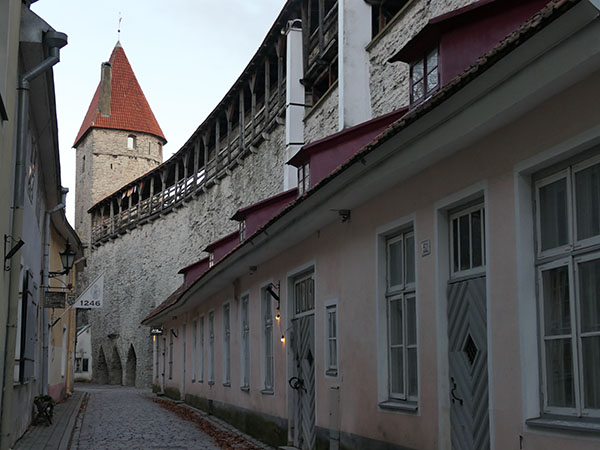



I climbed the tower for nice views.


The wall walk was a little bit scary in places.

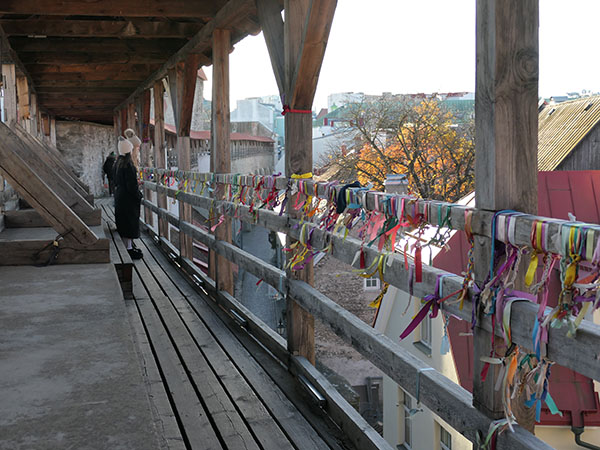
Another section of the walls are Nunna, Sauna, and Kuldjala. Visitors can also climb this section of walls.
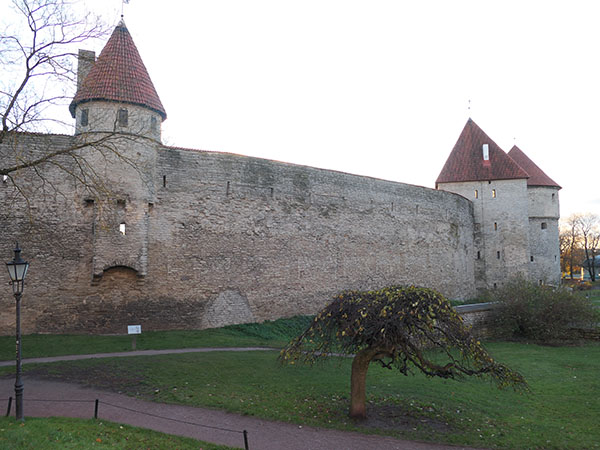
Kiek in de Kok tower complex was the largest complex of towers, walls, and tunnels to explore. This ticket allows visitors to explore three additional towers besides Kiek in de Kok: Neitsitorn (maiden's tower), Tallitorn (stable tower), and Varavatorn (Gate tower).
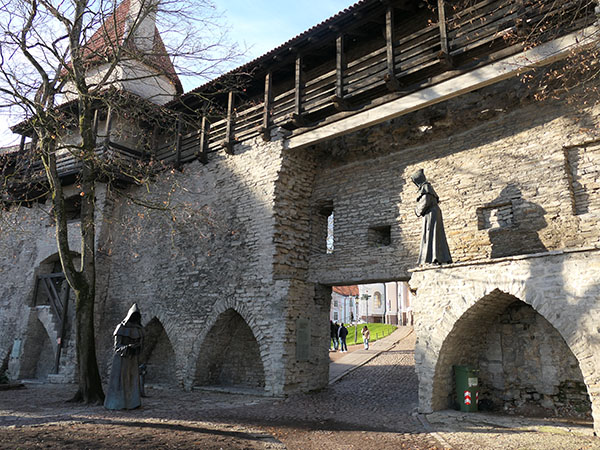

Kiek in de Kok is the largest tower and a symbol of Tallinn. The tower has withstood some damage too; Russian forces attacked it in 1577 but only slightly damaged it. The tower serves as a museum today with the lower couple of floors being used as a museum about the "Brotherhood of the Black Heads", which was a group of elite Tallinn merchant men served to defend and protect the city from enemies and fires.

Some of the upper floors contained armour and other items. There was also a little kitchen off the stairs to look into, but it wasn't possible to get a good photograph of it.

The views from the tower are worthwhile.
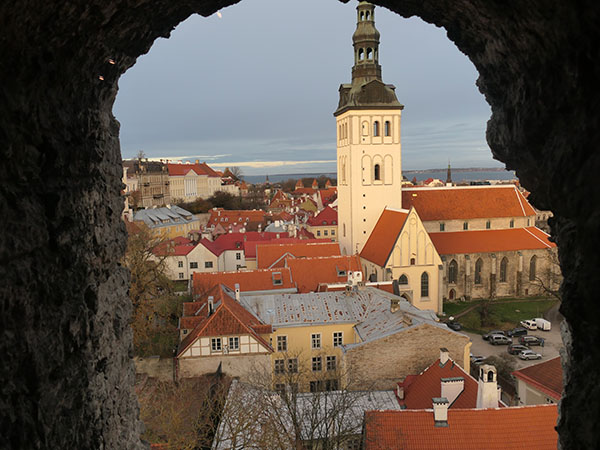
Toompea Hill and the St. Nicholas church makes a great photograph.
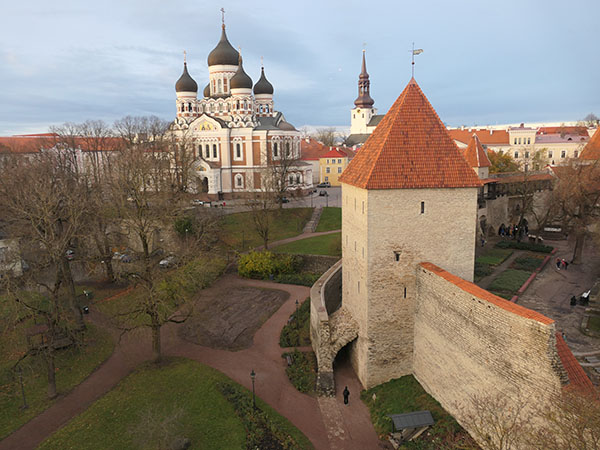
After the Kiek in de Kok tower, I walked along the walls to see the other towers.
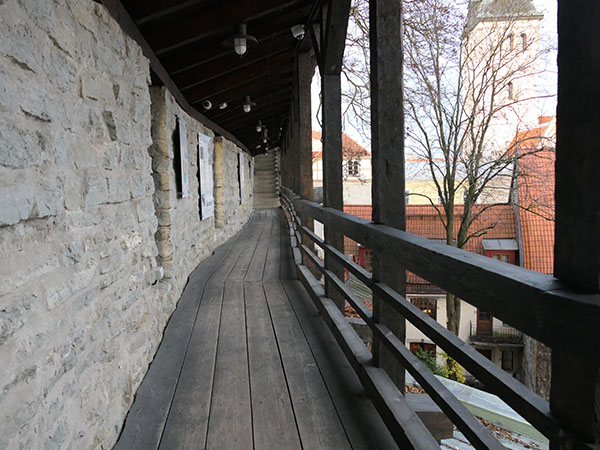
Maiden Tower contains a cafe, which was closed on my visit, and living quarters of families and artists over the years. There was information about the German family that lived here with the two young girls, and the father photographed their lives living at the tower during the 1930s, and they moved in 1939. Afterwards, the tower was lived in by artists and actors.
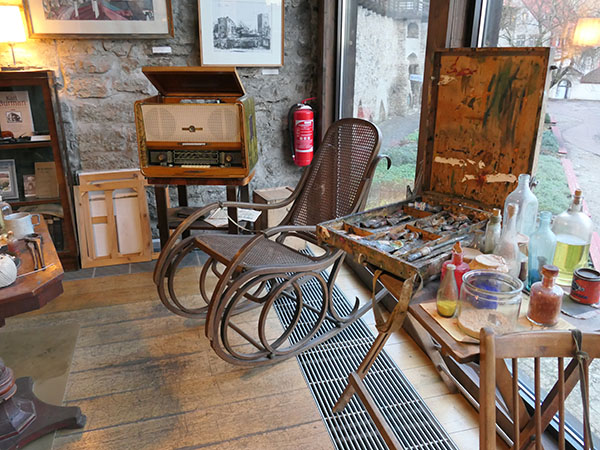
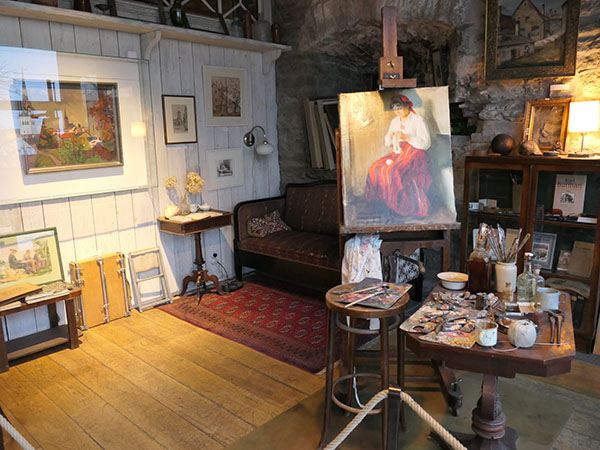
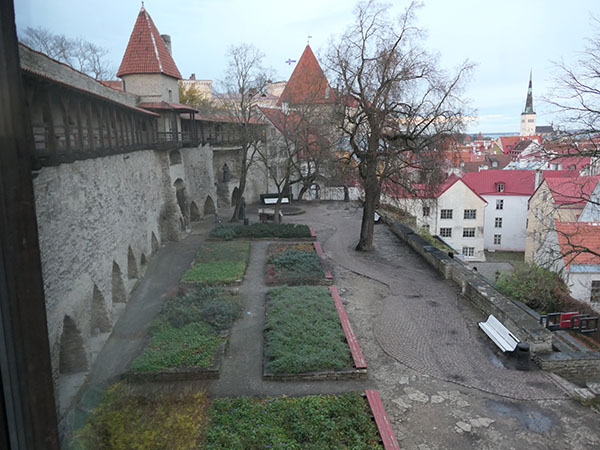
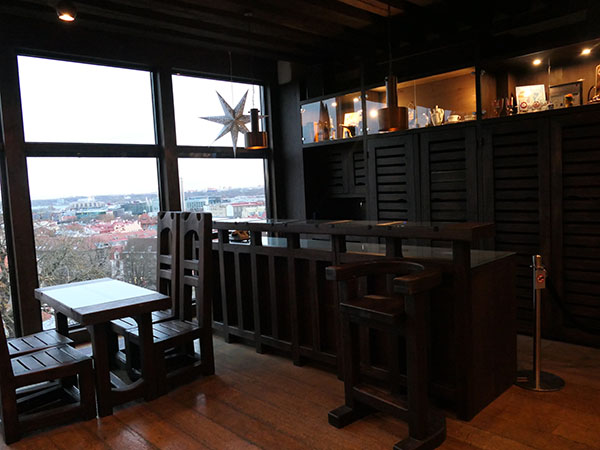
After Maiden Tower, I continued the walk. The Stable Tower was a dungeon, and it is one of the smallest towers, and it only had a couple of very tiny rooms.
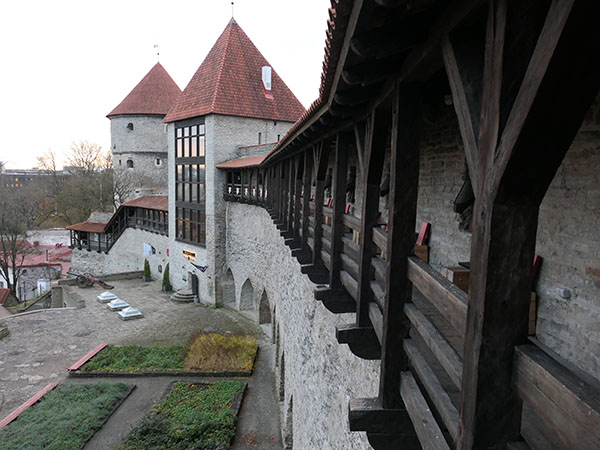
The Gate Tower is at the edge of Toompea and the lower part of the town, and it has some ghost stories associated with it. Today, it features information and photographs about some of Tallinn's cafes and restaurants over the years. It also has a couple of pieces of furniture from these cafes.
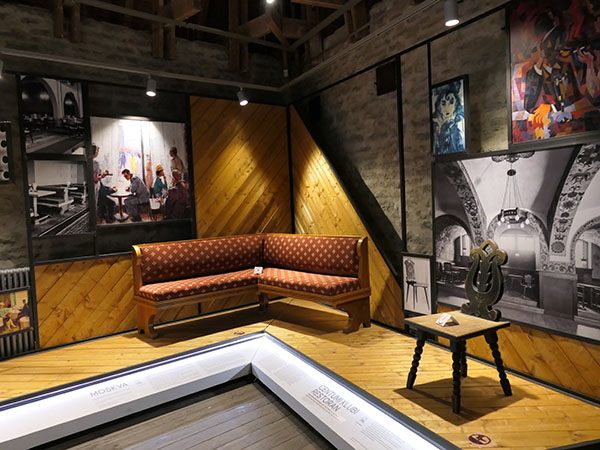
Danish King's Gardens is a plasant garden around the towers and on the edge of Toompea Hill and the lower town. The gardens are named after the Danish as Denmark had taken control of the city in 1219.

After the wall walk and towers, I headed back to Kiek in de Kok to go into the bastion tunnels. It was not long until closing, and I was by myself. At first, there was a small video about the history of Tallinn, and I watched this before descending into the tunnels. Upon entering the tunnels, I could see it stretch before me with a mannequin in front of me. I was alone, and not anyone else was in sight. I started to feel a little uncomfortable but was sure that I would meet someone else in the tunnels. I never did! I explored the tunnels on my own, and it was a bit creepy.
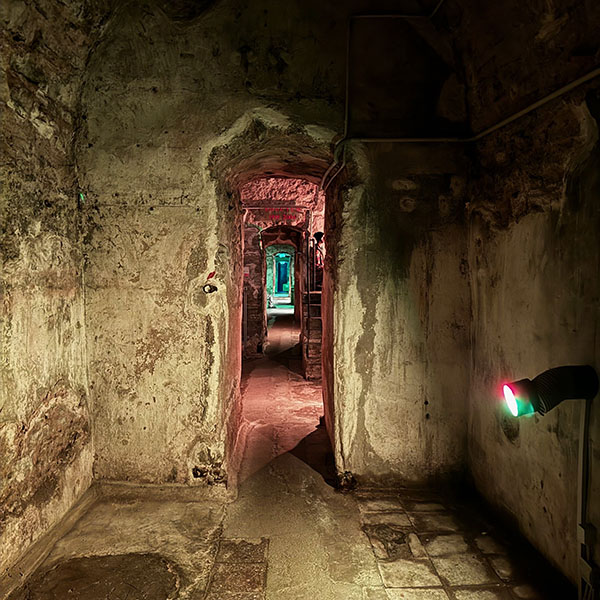
The bastion underground tunnels were created to conceal equipment and soldiers. They start from the Toompea Hill towers at Kiek in de Kok and end in Freedom Square at the bottom of the hill. There are over 400 meters of tunnels open to the public but different complexes of tunnels exist. They served multiple purposes over the years with a rich history.
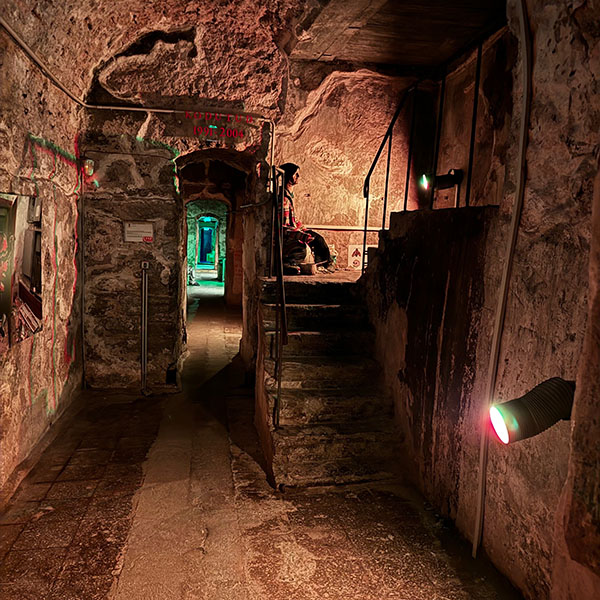
In 1991 until 2005, the tunnels were lived in by homeless people. Another mannequin of a homeless person was in one of the segments (or little "rooms") of tunnel.

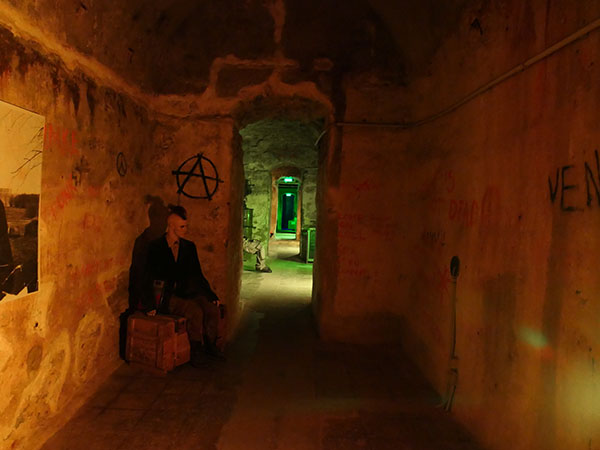
Before this from 1980, the tunnels were meeting points for the punk movement, and they were often raided but usually avoided capture.

The tunnels were also used to store Soviet propaganda.
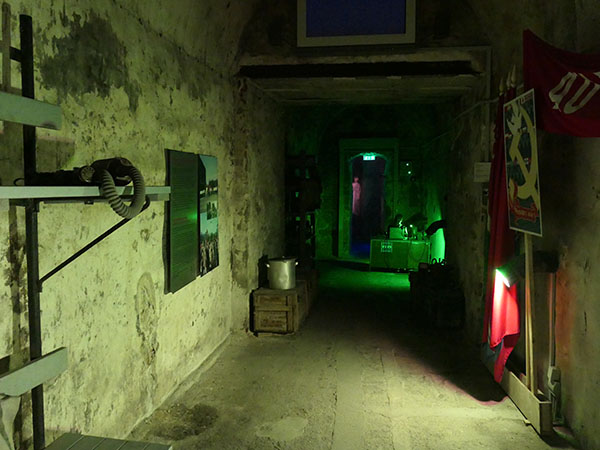
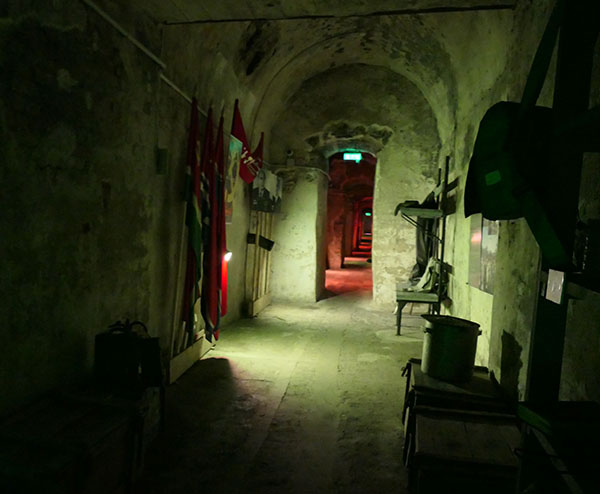

The tunnels were used in the Cold War from 1945 as shelters and for protection and said to withstand 48 hours. The tunnels were meant to be occupied by the residents of old town and city government.

Ghosts are also said to haunt the tunnels. It was at this point that I started to feel really alone, and I think this must have been the half-way point.

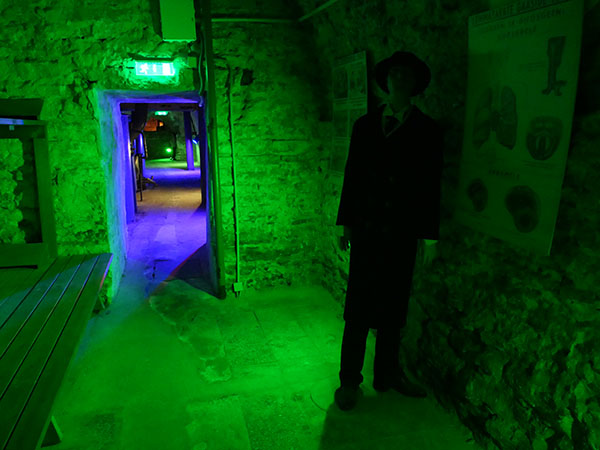
The tunnels were used in the 1930s and 1940s as air raids from the Soviets attacked Tallinn, and many people were killed in the air raids. The tunnels offered protection from the falling bombs in the second World War, but Europe was suffering from the Spanish Civil War and the start of World War II soon after the first war. There were some videos to watch about the use during the air raids.
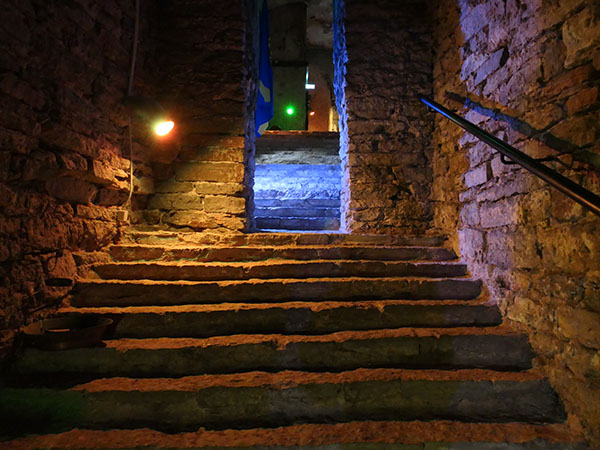
The tunnels also became places of mystery and legends, spinning off stories. There was a short video film about children who go to explore the tunnels. I started to watch it, and half the way in when it met a couple of ghosts, I looked down the tunnel both sides and realised how alone that I was and decided to head out.
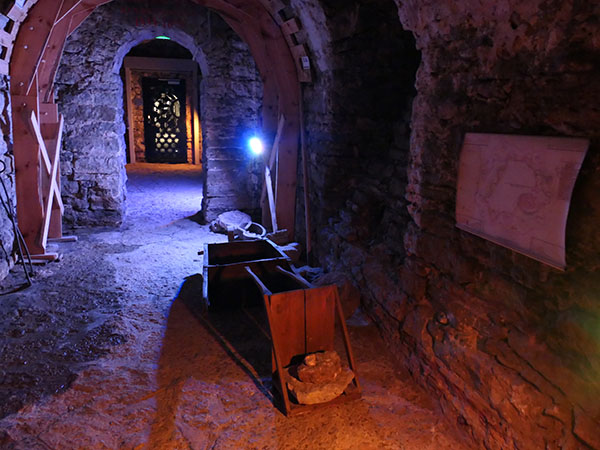
Of course, there were more mannequins.
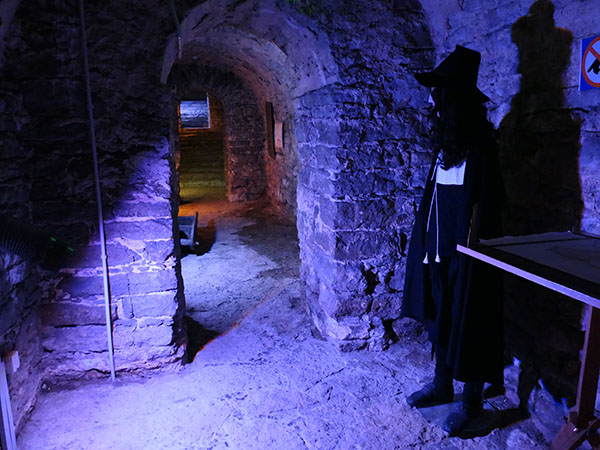
The Carved Stone Museum occupied the last couple of sections of the bastion tunnels. This featured stonework and some gravestones. This made me feel creeped out even more, so I did not linger.
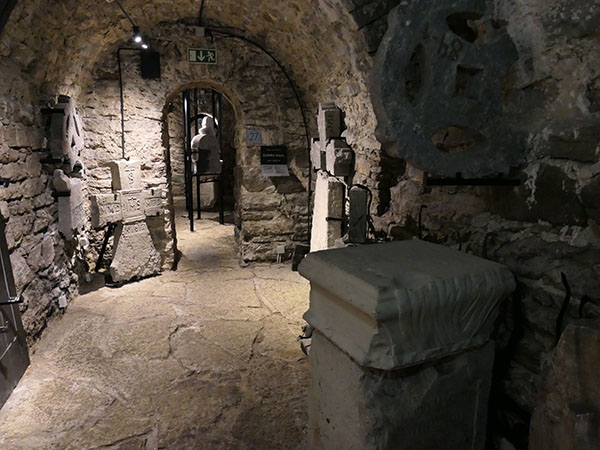
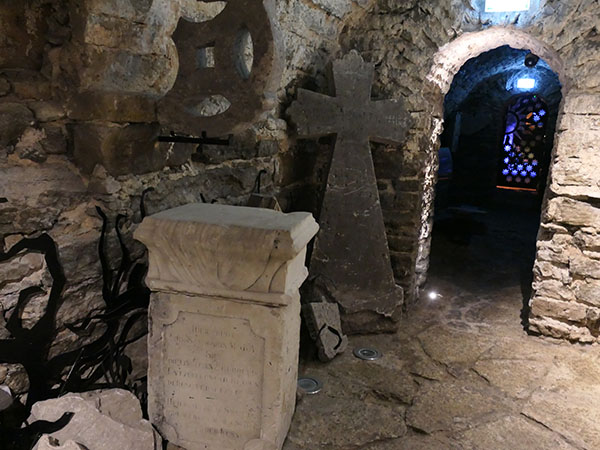

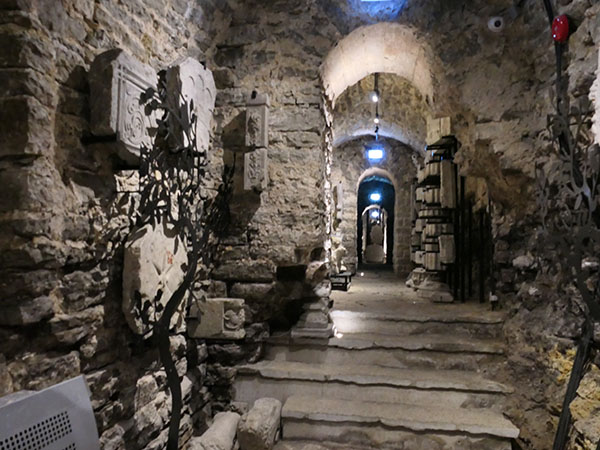
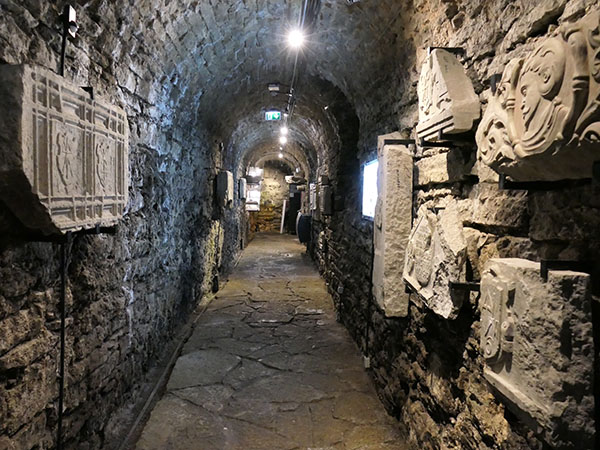
I enjoyed exploring Tallinn's walls and tunnels, though I think I would prefer to have not been the only one in the tunnels at the time I explored. When I emerged in Freedom Square, the darkness had already come. Overall, I would recommend this if visiting Tallinn, Estonia.
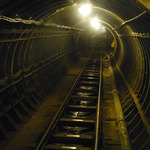
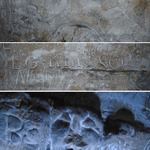
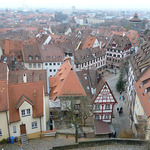
Leave a comment